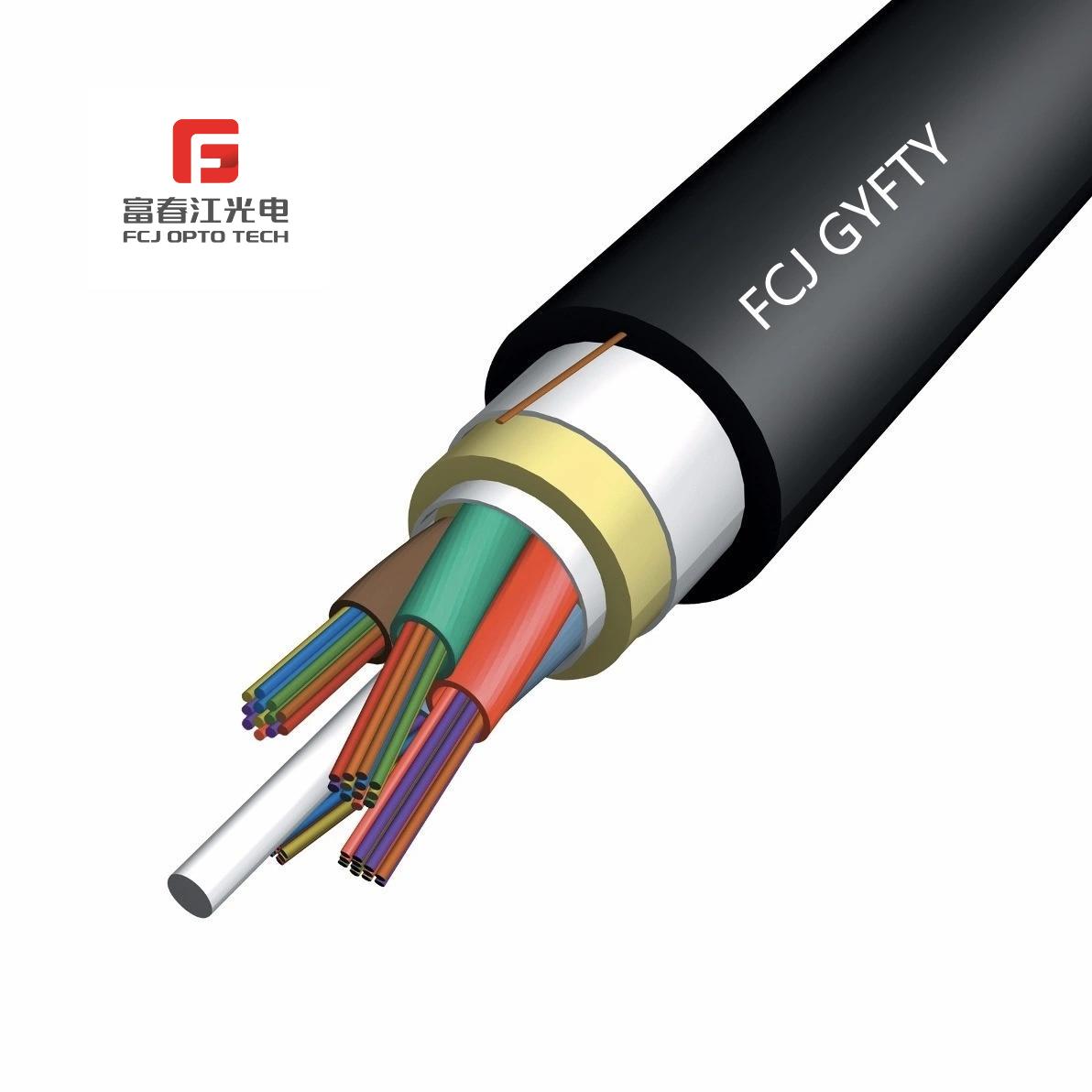Introduction to Outdoor Optical Cable Materials
The production of outdoor optical cables relies heavily on the materials used in their construction. These materials are critical in ensuring the durability, performance, and efficiency of the cables in transmitting data over long distances. With increasing demand for high-speed internet and reliable communication systems, it is essential to understand the complex composition of these cables and the role each material plays in their functionality. Factories, especially those in China, play a significant role in supplying these essential materials to global markets.
Core Materials in Optical Cables
Glass Fiber Optics
The core of an optical cable is typically made from glass, which is favored for its excellent signal transmission properties. Glass fibers have a core diameter ranging from 8 to 10 microns for single-mode fibers and up to 62.5 microns for multimode fibers. Due to their pure silica composition, glass fibers allow data to travel at the speed of light, making them ideal for long-distance transmission. Glass fibers are more costly, but they are a worthwhile investment for their resilience and minimal signal loss.
Plastic Fiber Optics
Plastic fibers, such as those made from polymethyl methacrylate (PMMA), are another option used in optical cables. They allow for more flexible installations and are easier to handle, though they are less suitable for long distances due to higher attenuation. A typical plastic fiber might have a larger core of around 980 microns, which allows for easier light entry but results in more scattering and signal degradation compared to glass fibers.
The Role of Cladding in Optical Cables
Cladding is a crucial layer in optical cables, measuring approximately 125 microns in diameter, that surrounds the core to maintain the integrity of data transmission. It boasts a lower refractive index than the core, facilitating total internal reflection. This ensures that light signals remain within the core, reducing signal loss over distances.
Protective Buffer Coatings
The buffer coating is the outermost layer that encapsulates the core and cladding, protecting them from physical damage and environmental factors. Typically made from acrylate or polyimide, the buffer's thickness ranges from 250 to 900 microns. It safeguards the delicate glass or plastic fibers inside from moisture, temperature fluctuations, and mechanical stress. Manufacturers in China excel in producing high-quality buffers that meet international standards.
Reinforcement with Steel Wire
Steel wire reinforcement in optical cables is vital for enhancing tensile strength and durability. Regular outdoor cables utilize phosphating-treated steel wires, which are gray in appearance and resistant to rust and hydrogen loss. In contrast, inferior cables may use thin iron or aluminum wires, which are not ideal as they have higher hydrogen loss and are prone to rust, jeopardizing the cable's lifespan. The diameter of reinforced steel wires varies but typically ranges from 1.2mm to 2.4mm, ensuring robust support.
Steel Armor for Durability
For additional protection, outdoor optical cables are often armored with steel. High-quality cables use double-sided, anti-rust coated steel strips that undergo longitudinal wrapping. These measures fortify the cables against physical damage and environmental wear, especially in harsh conditions. Armored cables are preferred for underground and outdoor applications where protection from rodents and moisture is paramount.
Use of Loose Tubes in Optical Cables
The loose tube design is a standard in outdoor optical cables, providing a protective enclosure for fibers. Made from polybutylene terephthalate (PBT), loose tubes are known for their high strength and resistance to deformation and aging. They are often filled with a gel compound to prevent water ingress, which is crucial for maintaining fiber integrity over time. Suppliers in China are key providers of these materials, ensuring their availability for global production.
Fiber Paste and Water-Blocking Tape
Fiber Paste Composition
Fiber paste is applied within the tube to prevent the oxidation of optical fibers. It is essential for maintaining the longevity of the fibers by combating moisture ingress. High-grade fiber paste ensures minimal maintenance and a reduced likelihood of signal degradation, providing a service life extending to over 20 years.
Water-Blocking Tape
Incorporating water-blocking tape in optical cables is a vital defense against water penetration. These tapes contain superabsorbent resins that expand upon contact with water, creating a gel barrier to seal potential breaches effectively. The capacity to absorb over 350 times its weight in water ensures a robust defense against water ingress, even under pressure. Cheap alternatives often use non-woven fabrics that lack these protective properties, leading to potential cable failure.
Aramid Fibers for Strength
Aramid fibers, like those found in Kevlar, are employed in optical cables for reinforcement. Known for their exceptional tensile strength, they help withstand stress during installation and environmental wear. These fibers are measured in denier, with common applications using around 2,000 to 3,000 denier to achieve the desired strength without adding excessive bulk to the cable. Factories in China are known for their expertise in weaving aramid fibers into various cable designs.
Fcjoptic Provide Solutions
Fcjoptic offers tailored solutions for all your optical cable needs, focusing on superior materials and construction techniques. Their expertise ensures that every cable meets rigorous performance standards, whether for long-distance data transmission or local network applications. By partnering with reliable suppliers, especially those based in China, Fcjoptic guarantees access to top-quality components, providing robust and durable optical cables. Contact Fcjoptic to explore how their solutions can enhance your network infrastructure with efficiency and reliability.

Post time: 2025-09-05 16:37:02